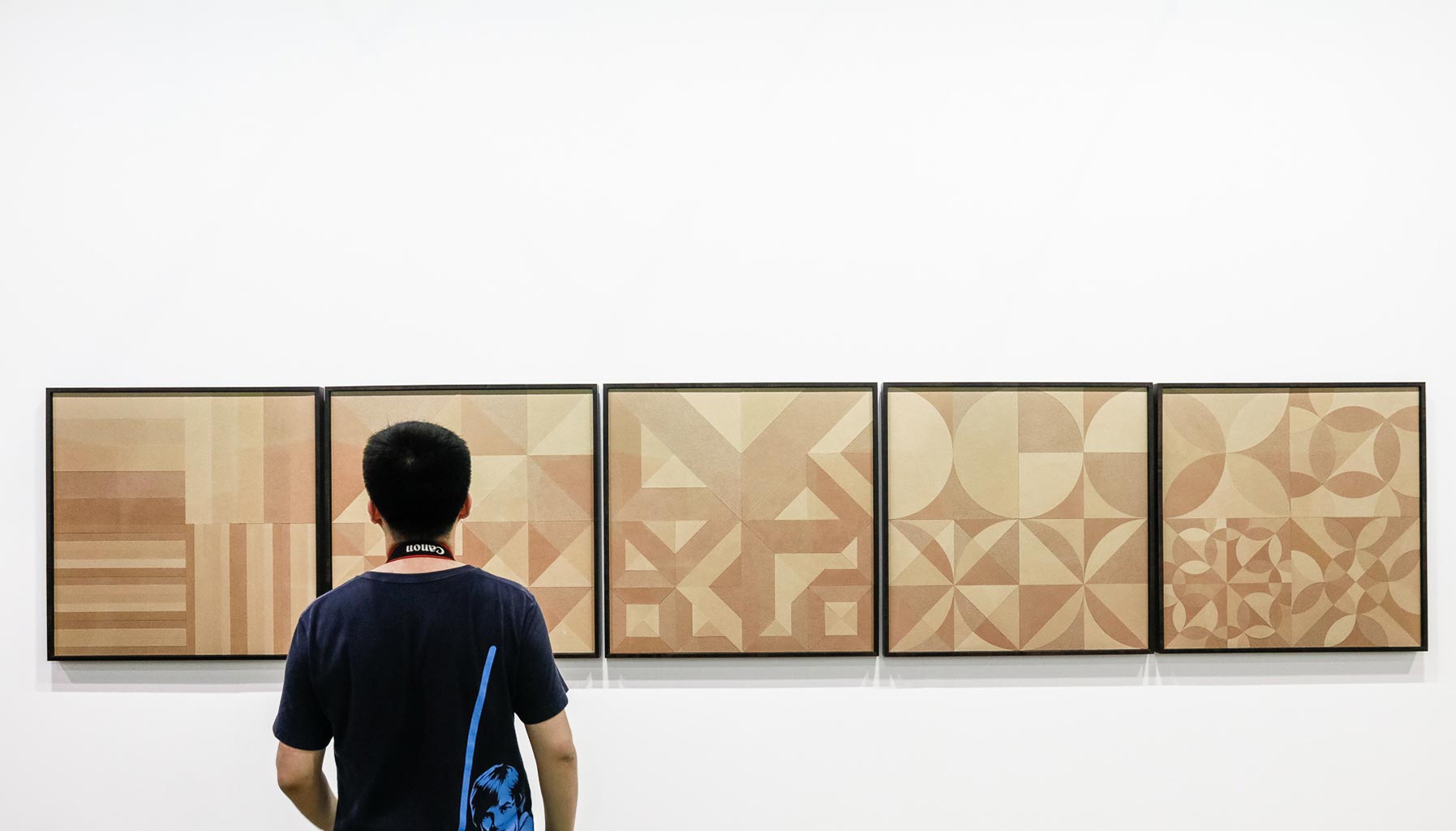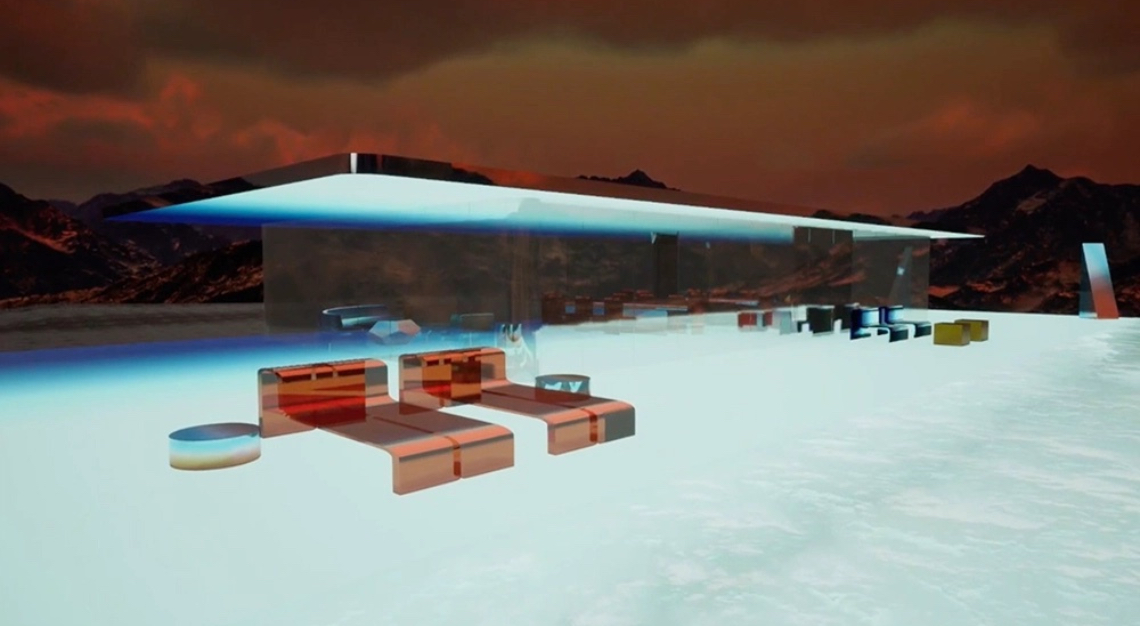We asked the questions on a stunning artwork by Valerio Adami, and now we’ll provide the answers… or at least some of them. The rest, as Shakespeare never said, is mystery
In the June issue of Robb Report Singapore, we talked about symbolism and imagery in art, and how their understanding and appreciation can enrich the experience of viewing a masterpiece.
We also gave you some homework, and a few things to think about concerning a piece by Italian artist, Valerio Adami. As with many things in life, opinions are subjective, and there are rarely definitive answers to matters of interpretation.
For some elucidation, however, we managed to get a few thoughts from the artist himself, and we’ll also be providing one or two of our own in response to the questions we posed.
Why is orange the predominant colour in this piece?
For Adami, colours are all about “transmitting emotions”. Colours can, he says, “set a scene in a given period of time.” It’s interesting to note that Adami has done similar pieces (almost facsimiles) of La passione della Mira, in different colours. While the iteration featuring blues and yellows is arresting, it doesn’t work quite as well.
This is the favoured one, and for good reason. The oranges and reds, contrasting with earthy, military, almost utilitarian greens, comprise a statement that reflects the artist’s intention. Man against Nature. Man fighting with his own nature. Adami seems to be suggesting that we need to assimilate and harmonise – working out what’s important, and what is not.

What do the fish, the plant, the clock and the upturned hat represent?
Adami explains that “the figures are metaphors of elements without which man could not live”, which lends an interesting angle of interpretation to the artwork. Is the figure with the gun taking aim because he’s trying to rid himself of these “things”? If this is the case, it seems to be self-defeating, counterproductive and even masochistic. Or perhaps he’s suggesting that we need to prioritise what is important to us and not get rid or endanger the things we need the most.
What’s that tent doing there?
The tent, according to Adami, is “synonymous with movement”, that is, a symbol of travel and perhaps even a suggestion of the impermanence of life in terms of how and where we live it.
Why is the soldier (is it a soldier?) standing on one leg?
Adami explains that it might be a soldier, and it might be a hunter – it’s up to you and what you see. The idea of representing him standing on one leg was to convey the movement of a living entity taking aim and having pot shots at the things in life that we cannot do without.
Why is the rock landscape encapsulated in a rectangle, when everything else is within a circle?
Adami has left this open to interpretation, but it’s clear that the rectangle gives a wonderful balance to the work – with all the other objects in circles, and gradually moving from left to right while descending in the frame. Perhaps it’s meant to reflect our preoccupation with certain things in life (time, fashion, etc.) while neglecting others, such as nature. The rocky landscape almost becomes a footnote, but one that cannot be ignored.
The rockscape for Adami is an “element of real life” and something that “makes us who we are”. It’s an anchor for the artwork, and is suitably ‘anchored’. Somehow, the eye is drawn to it – possibly because of the contrast provided by the white background.
What does the ‘Mira’ in the title of the piece actually mean or stand for?
The literal translation seems to be ‘aim’, or ‘aiming’, but as any good Italian / English dictionary will tell you, there are several other meanings, and this must have been the intention of the artist.
The human figure is certainly taking aim, but we’re not quite sure at what, or why. For Adami, “big game hunting is no longer a legitimate sport”, but what is the “big game” he is referring to?
‘Mira’ can also mean sight, target or goal. It can also be used in the context of design and intention, and can even be translated to ‘gunpoint’. One small word to connote so much and allow a title to be both fascinating and provocative, as is the artwork itself.






